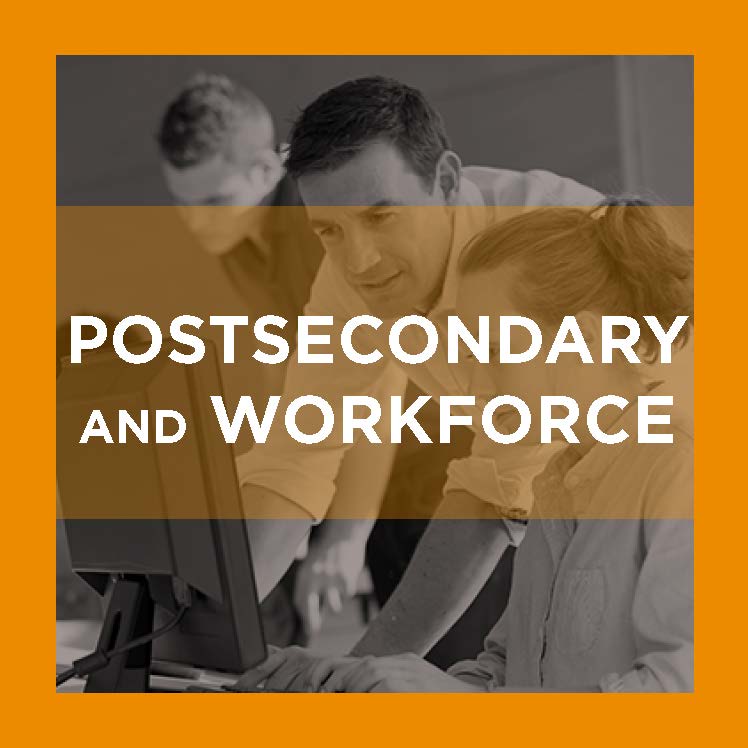The share of low-income and first-generation students enrolling in college is increasing, especially at community colleges. In addition to facing rising tuition costs and living expenses, these students are more likely to struggle with the hidden costs of a college education such as transportation costs, child care and other family obligations. The costs of required textbooks can be a final, and insurmountable, roadblock on their path to educational success.
A survey of Florida college students found that high textbook costs had negative impacts on their college access, success and completion. More than half of students earning two-year degrees reported that the high cost of textbooks caused them to enroll in fewer courses, or simply not purchase the required text. Another survey, Covering the Cost, estimated that community college students can spend $1,200 on textbooks over the course of a two-year program; essentially spending one semester’s worth of money on just textbooks. Students are faced with a no-win scenario; purchasing textbooks may spell financial hardship, but going without textbooks can mean academic failure.
To better inform and prepare students for potential college costs, postsecondary institutions and federal programs like College Scorecard are working hard to calculate the total cost of attendance, which includes estimates for purchasing textbooks. However, better communicating total costs is not the solution these students need. We know that first-generation and low-income students are more likely to experience sticker-shock and are more hesitant to take on student debt; showing them the total cost of attendance lessens the likelihood of enrolling.
Some states are chipping away at the textbook-as-college-barrier by exploring open educational resources (OER) opportunities. OERs are open-access educational materials, ranging from instructional materials and tests to course syllabi and textbooks. Using OERs can increase college access by serving as a free or low-cost tool that helps lower total college costs to students. Below are a few examples of state action regarding OER opportunities from the 2017 legislative session.
Enacted
Colorado’s SB 17-258 creates the Open Educational Resources Council within the department of higher education, comprised of faculty members, library professionals, an instructional design expert, an information technology expert, an administrator, an individual from the department, the commissioner and a state librarian. The council is directed to contract with an entity to evaluate how postsecondary institutions are using OER, as well as opportunities for and obstacles to increasing the use of OERs. Based on those results, the council will make recommendations for initiatives that are likely to result in cost savings and other benefits for students.
Washington HB 1768 establishes the open educational resources pilot grant program within the Student Achievement Council. Open to public four-year institutions, six grants of up to $100,000 each will be made available in the 2017-18 academic year to promote, adapt and create OERs. The council must report which institutions received grants, pilot program results and estimated cost savings to students as a result of the funds.
Pending
New York’s A 8296 establishes the New York State Open Education Resources Council. The council is made up of only State University of New York System and community college faculty members. The council is charged with developing a list of 50 courses for which OERs shall be developed or acquired. The council should consider which courses have the highest enrollment and are likely to generate the most savings for students, among other considerations. Additionally, the bill creates the Open Educational Resources Adoption Incentive Program to fund professional development for faculty and staff, course release time for faculty and technology support for faculty and students.
These state policies serve as examples of how states think creatively about financial supports beyond financial aid assistance or tuition caps. These policies may have an outsized effect on community colleges, since they are more likely to serve students who balance life and financial responsibilities in addition to their academic responsibilities.










